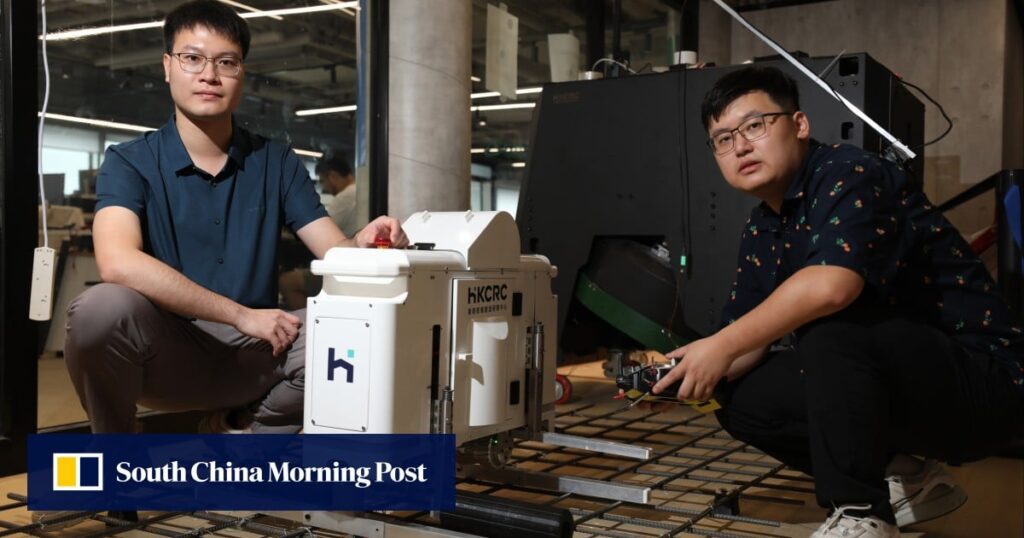Pioneering Robotics at the Helm of Construction: The Future is Now
In July, the Communist Party held its third plenum, establishing a roadmap for China’s long-term economic strategies. Among the highlighted sectors were transformative fields like artificial intelligence (AI) and biomedicine, aiming to pave the path for innovation. These discussions are not just theoretical; they reflect a growing urge to harness technology across various industries. In Hong Kong, this is particularly evident, as local scientists are on the brink of creating significant disruptions within traditional markets, akin to companies like DJI and SenseTime.
A Glimpse into Robotics Innovation
In the final installment of a five-part series, we delve into groundbreaking research from the Hong Kong University of Science and Technology (HKUST). Researchers there are addressing a pressing issue in the construction sector: the shortage of skilled labor to perform physically demanding tasks, like bending and tying steel reinforcement bars, commonly known as rebar. These tasks require strength and precision, often leading to strenuous conditions for workers who earn a competitive wage but face significant physical wear and tear.
The Robotic Answer to a Labor Crisis
Enter the innovative robotics solution crafted by HKUST’s Hong Kong Centre for Construction Robotics. This sophisticated machine is engineered to streamline the rebar tying process. With just a button press, the robot glides along the rebar, seamlessly tying them at intersections—an operation that traditionally requires considerable human labor.
Project lead Li Haozhen shared insights on the urgency of this innovation, stating, “While the salary of a rebar tying worker is very high in Hong Kong, their working conditions are relatively taxing. It’s quite difficult to find laborers, especially given the current employment shortages in the city.”
The introduction of such technology not only alleviates the physical burden on workers but also addresses the critical need for efficiency in construction, potentially transforming how the industry operates.
The robot could launch on the Hong Kong market and elsewhere in December. Photo: Xiaomei Chen
Advancing the Future
As we stand on the cusp of this remarkable technological advancement, there are palpable expectations surrounding the robot’s upcoming rollout, which could begin as early as December in local and international markets. Such innovations not only promise to enhance productivity but also to reshape the workforce landscape, making room for higher-tech roles in future construction projects.
Conclusion: Embracing Change
The trajectory that Hong Kong’s innovators are setting is not merely about developing new machines; it’s about reimagining an entire sector that has long relied on traditional methods. The fusion of technology and construction showcases the exciting possibilities that lie ahead. As the industry adapts, it presents an opportune moment for investors, aspiring engineers, and innovators to engage with these transformative changes.
We encourage readers to stay informed on these advancements and consider the broader implications they may have on economies and industries worldwide. For more insights and stories like this, subscribe to our newsletter and share your thoughts in the comments below!




